I had lots of guesses on this puzzler, though no one actually got both birds correct. Here it is again, just to remind you.
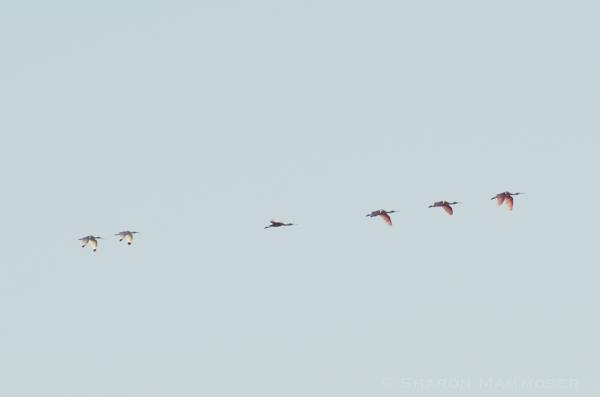 I think looking at the pictures on a small device like a phone makes it more challenging. If you could have seen the back and the front birds more closely, here’s what they would have looked like:
I think looking at the pictures on a small device like a phone makes it more challenging. If you could have seen the back and the front birds more closely, here’s what they would have looked like:
Birds in the back of the line:
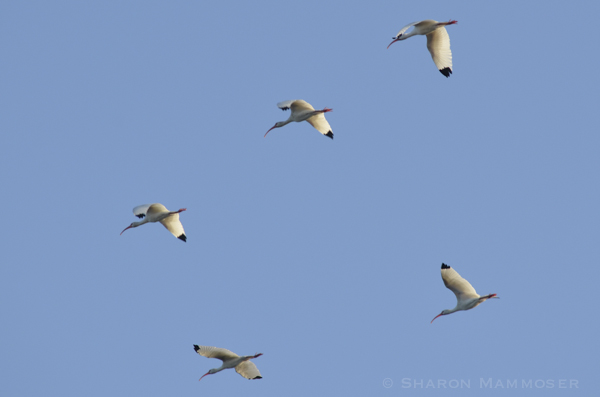
Birds in the front:

I bet now the answer is clearer. The back birds are white ibises and the front birds are roseate spoonbills. The photos were taken in Florida several years ago.
Roseate spoonbills are sometimes confused with flamingos, especially in Florida, where both birds can be seen, but spoonbills have shorter legs, lack the black wing tips and have differently shaped beaks. In the world there are 6 species of spoonbills, but our North American roseate spoonbills are the only ones with pink plumage. The color comes from their diet–which is shrimp, prawns, fish and small insects. They normally hunt in shallow water less than 6 inches deep, walking slowly and using their spoon-shaped bills to probe the water for creatures. Roseate spoonbills can often be seen with other birds, when flying, eating and even nesting. They are very social.
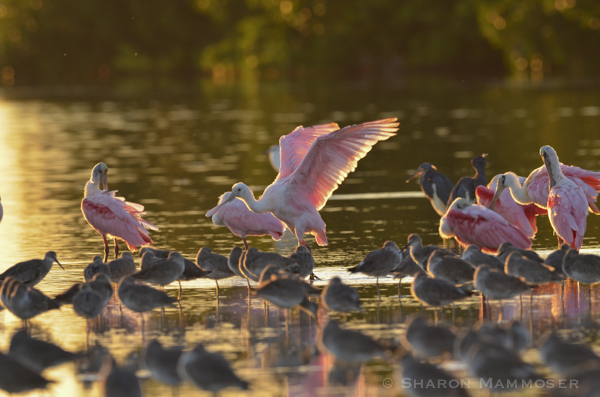
You can see the middle bird is an immature roseate spoonbill. It lacks the coloring on the heads that the adults have, as seen below. When roseate spoonbills are born, their beaks are straight–they develop the spoonbill shape as they mature. The oldest roseate spoonbill in the wild was 16 years old.
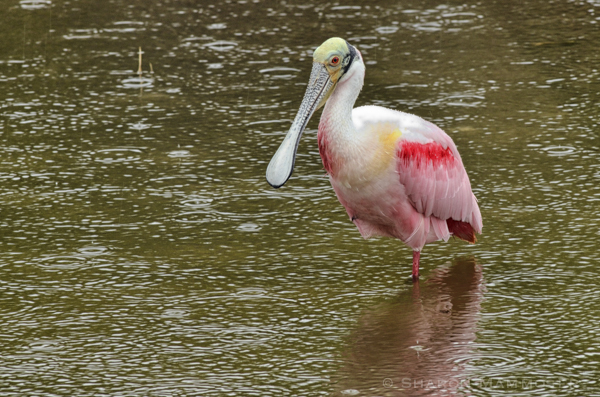
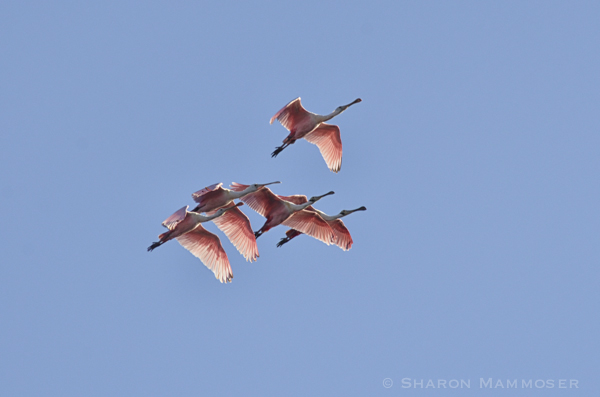
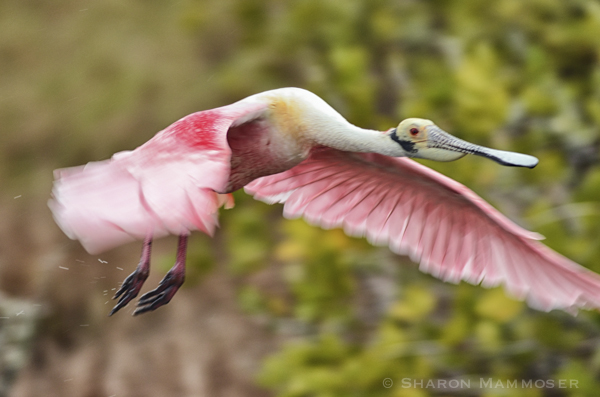
The other bird in the puzzler photo was white ibis. White ibises are found in similar habitats, and like the spoonbills, are social birds. As you can see from the photo, they have a long, de-curved bill.
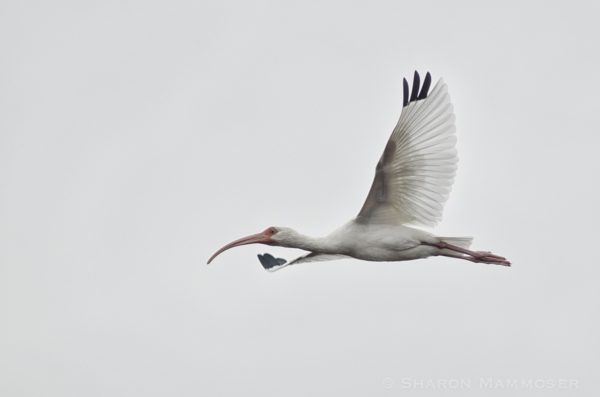
Here is a photo of an immature white ibis: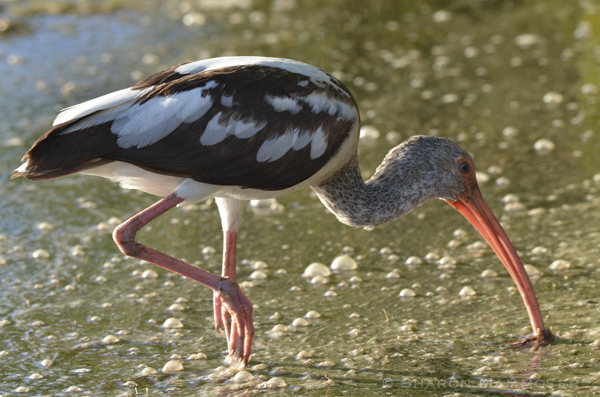
White ibises also eat crustaceans, fish and insects and can be seen foraging in the same places as the roseate spoonbills.
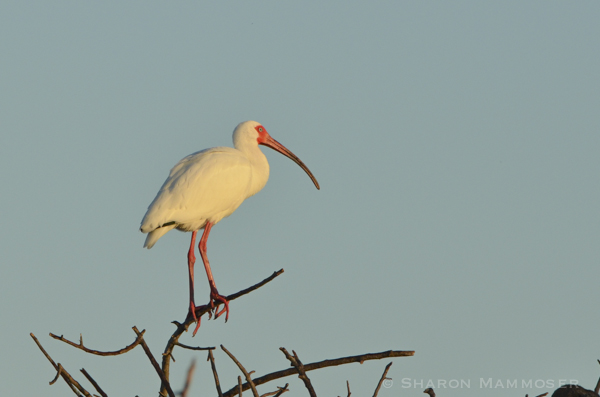
Ready for the next puzzler? It’s another bird that can be seen in Florida, in similar habitats as both the white ibis and roseate spoonbills.But it’s not white, it’s mostly blue and It has a blue, dagger-like bill.


thanks for the lesson
Nanci, you are welcome! Thanks for reading my posts! I hope you are well.